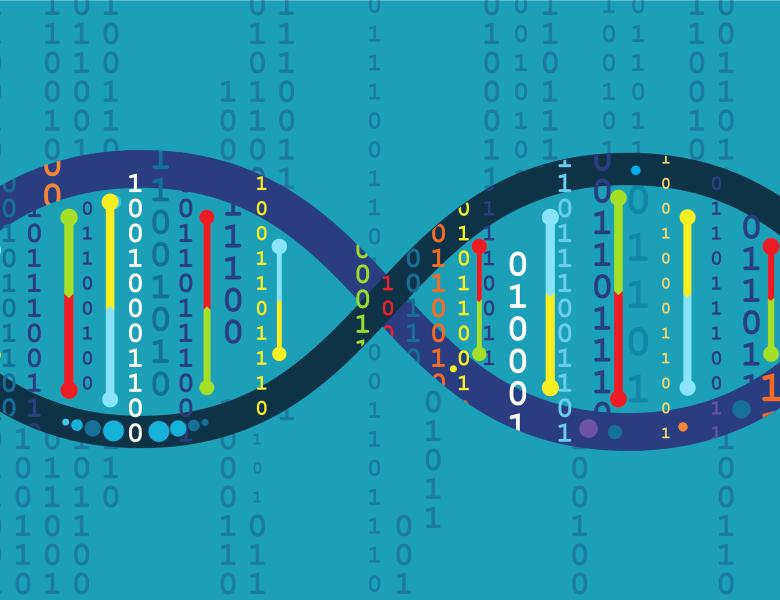Image

The chromosomes of the human genome are organized in three-dimensions by compartmentalizing the cell nucleus and different genomic loci also interact with each other. However, the principles underlying such 3D genome organization and its functional impact remain poorly understood. In this talk, I will introduce some of our recent work in developing representation learning methods to study single-cell 3D genome organization. Our methods reveal the single-cell chromatin interactome patterns in different cellular conditions and at different scales. We hope that these algorithms will provide new insights into the structure and function of nuclear organization in health and disease.